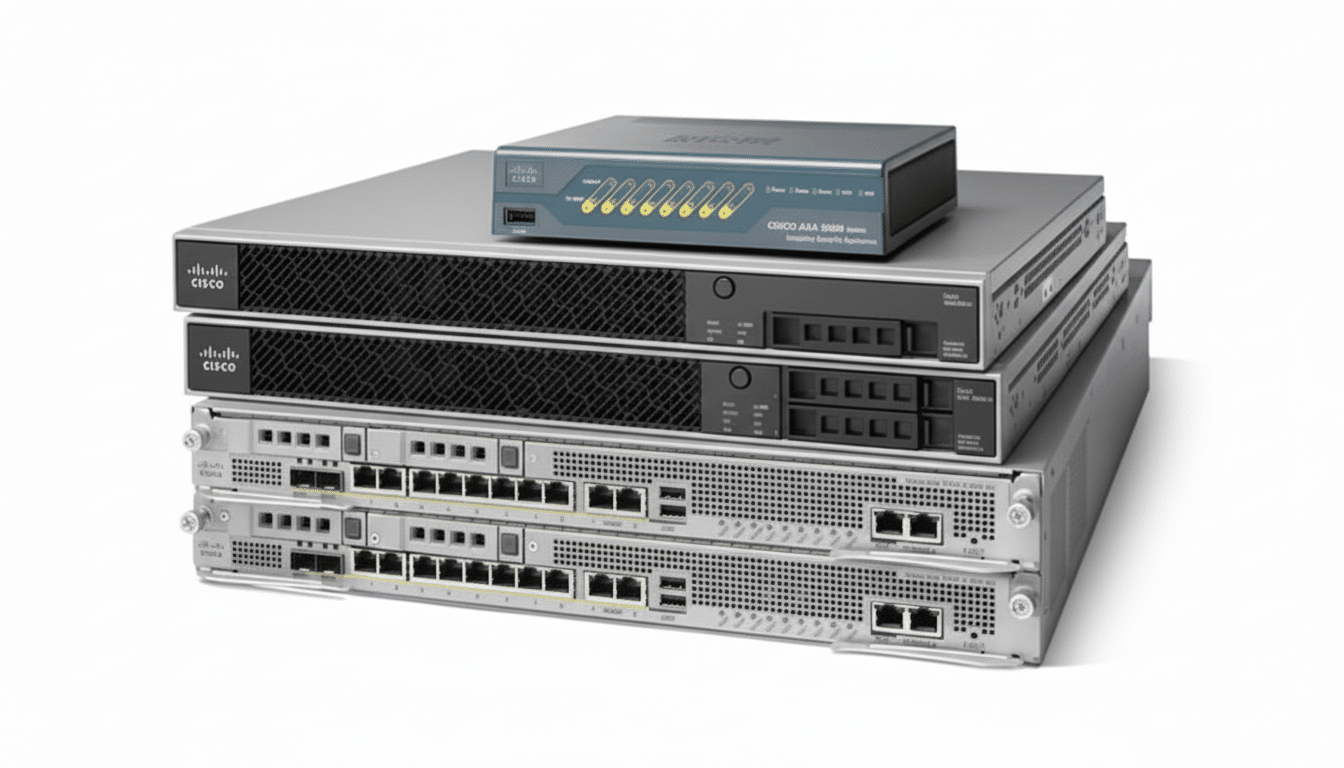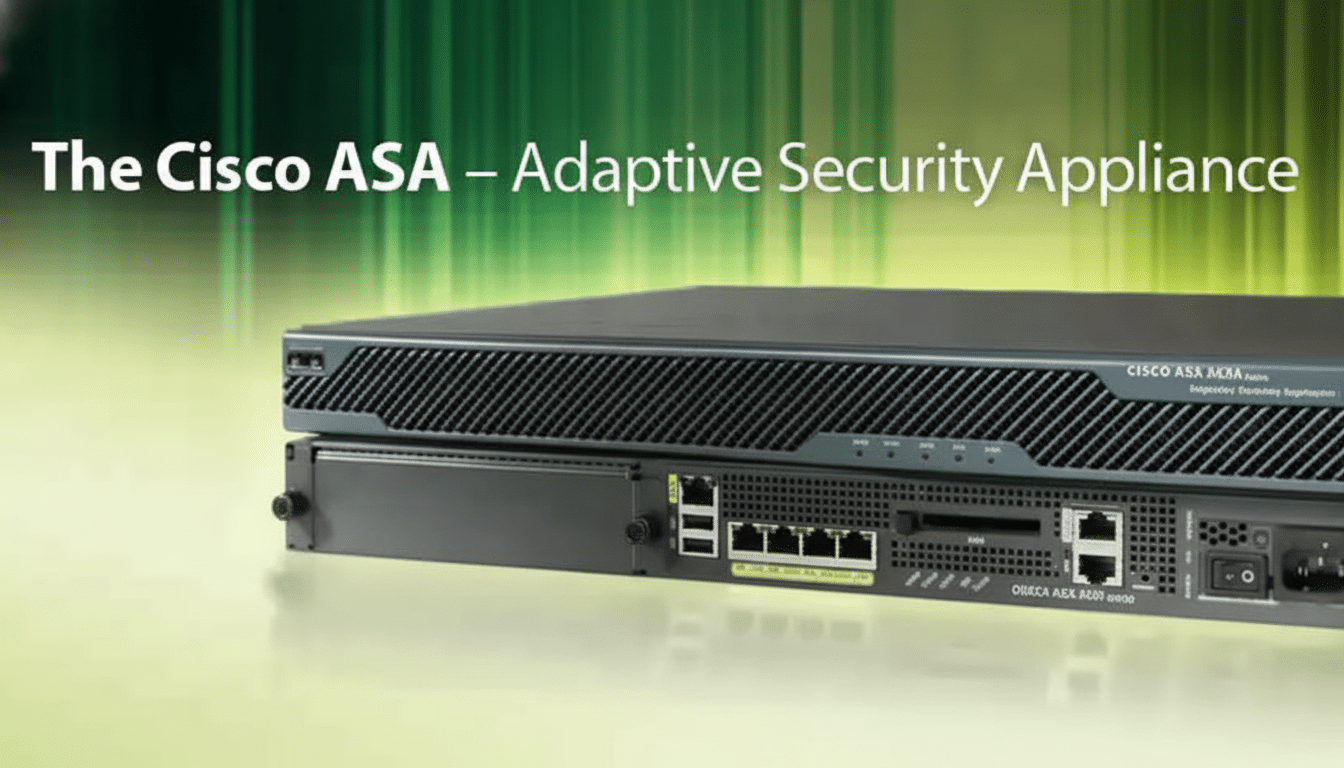The U.S. Cybersecurity and Infrastructure Security Agency is telling federal departments to patch vulnerable Cisco firewalls right now, with a warning of active exploitation against government networks increasing the urgency of an effort to lock down the federal perimeter before attackers can expand their foothold.
Active Exploit Prompts Emergency Directive
In an updated advisory, CISA said that it is observing “active exploitation” of two vulnerabilities in Cisco’s Adaptive Security Appliance (ASA) and the AnyConnect Secure Mobility Client. The threat actor was described by the agency as “advanced,” and it issued its third emergency directive this year, directing agencies to identify affected devices, apply vendor fixes, and report remediation status.
- Active Exploit Prompts Emergency Directive
- Critical Perimeter Devices Remain Vulnerable
- Evidence of Government Exposure Emerges in Incidents
- What Agencies Need to Do Now to Secure Cisco ASA
- Broader Implications Beyond Federal Networks
- Detection Clues and Posture Checks for Cisco ASA
- Cisco and CISA Guidance Agree on Speed and Exposure

CISA said that while many departments have patched, a significant number are still vulnerable — providing adversaries with an entry point to sensitive systems. These are edge devices — often the first and last line of defense for air-gapped networks — so getting them fixed is paramount.
Critical Perimeter Devices Remain Vulnerable
Cisco ASA devices are at the edge of the network, providing VPN access and implementing security policy. A successful attack could result in unauthorized administrative access, session hijacking, or traffic tampering and eavesdropping for the purpose of credential theft and lateral movement. Since these devices often terminate many thousands of VPN sessions for users, the compromise can be both low-key and large-scale.
Network appliances also bring their own set of challenges: infrequent reboots, poor endpoint telemetry, and sometimes a separate team managing this infrastructure. That cocktail can be leveraged to prolong attacker dwell time, when compared with that of typical endpoints — a pattern extensively documented in incident-response reporting by leading security providers.
Evidence of Government Exposure Emerges in Incidents
Recent events underscore the risk. The Congressional Budget Office reported a hack that compromised internal communications. Although the agency did not say how attackers breached its systems, independent researcher Kevin Beaumont noted that CBO had been operating an affected Cisco firewall that it said was disabled. The incident shows how even well-resourced organizations can get caught in the gap between disclosure and patch, something that is particularly acute during change freezes or operational instability.
What Agencies Need to Do Now to Secure Cisco ASA
CISA’s guidance requires that agencies:

- Patch ASA devices to fixed releases.
- Validate that management interfaces are not exposed to the public internet.
- Rotate credentials, VPN certificates, and API tokens known or suspected to have been compromised.
- Hunt for indicators of compromise across VPN logs, authentication systems, and firewall configurations.
- Export and save logs in advance of updates.
- Compare running configurations with known-good baselines to detect unauthorized changes.
Hardening efforts should include:
- Enforcing MFA for administrative and VPN access.
- Restricting admin access from specific source IP addresses.
- Disabling unused services and outdated ciphers.
- Segmenting management networks.
- Using intrusion detection signatures from reputable sources when feasible.
- Turning on high-fidelity syslog forwarding to a SIEM for anomaly analysis.
Broader Implications Beyond Federal Networks
While the order is for government civilian agencies, other vulnerable sectors include state and local governments, educational institutions, contractors, and utilities that also use Cisco ASA for both remote work and site-to-site connectivity. “A compromised edge device at a vendor or partner can provide a bridge into federal environments via trusted connections, so timely patching is a larger supply chain issue.”
Detection Clues and Posture Checks for Cisco ASA
Security teams should focus on the following checks:
- Examine VPN authentication logs for impossible travel, spikes in failed logins, or unusual device fingerprints.
- Review ASA process restarts and crash logs that could indicate exploit attempts.
- Audit access-control lists and NAT rules for unauthorized changes.
- Investigate any unexpected creation of an admin account or changes to remote management settings immediately.
Cisco and CISA Guidance Agree on Speed and Exposure
Cisco has released software updates and guidance on mitigation, and CISA included the vulnerabilities on its Known Exploited Vulnerabilities list, requiring federal agencies to remediate compromised products per agency policy. Longer term, they both call for lower exposure of management planes, tight asset inventories of internet-facing devices, and fast patching pipelines for networking gear — areas where many organizations are still behind in desktop and server hygiene.
The bottom line: edge devices are highly desirable targets, and attackers are not standing around. Agencies and organizations should put ASA patching and perimeter hardening at the top of their to-do list, combine fixes with aggressive compromise assessment, and seal those fissures that allow attackers to lurk on the literal edge of their networks.

